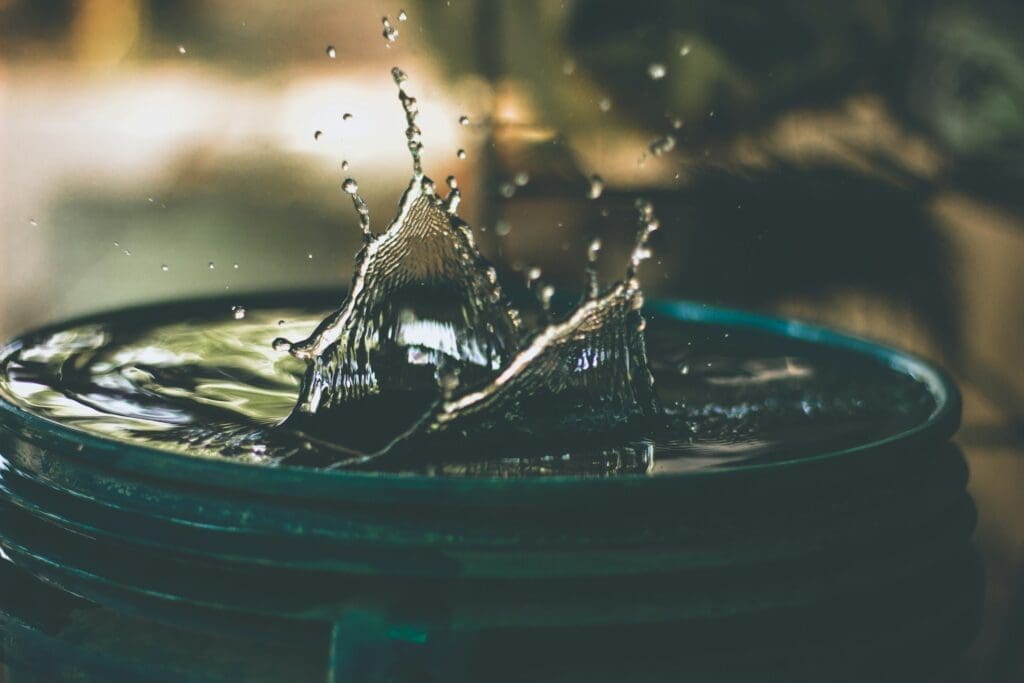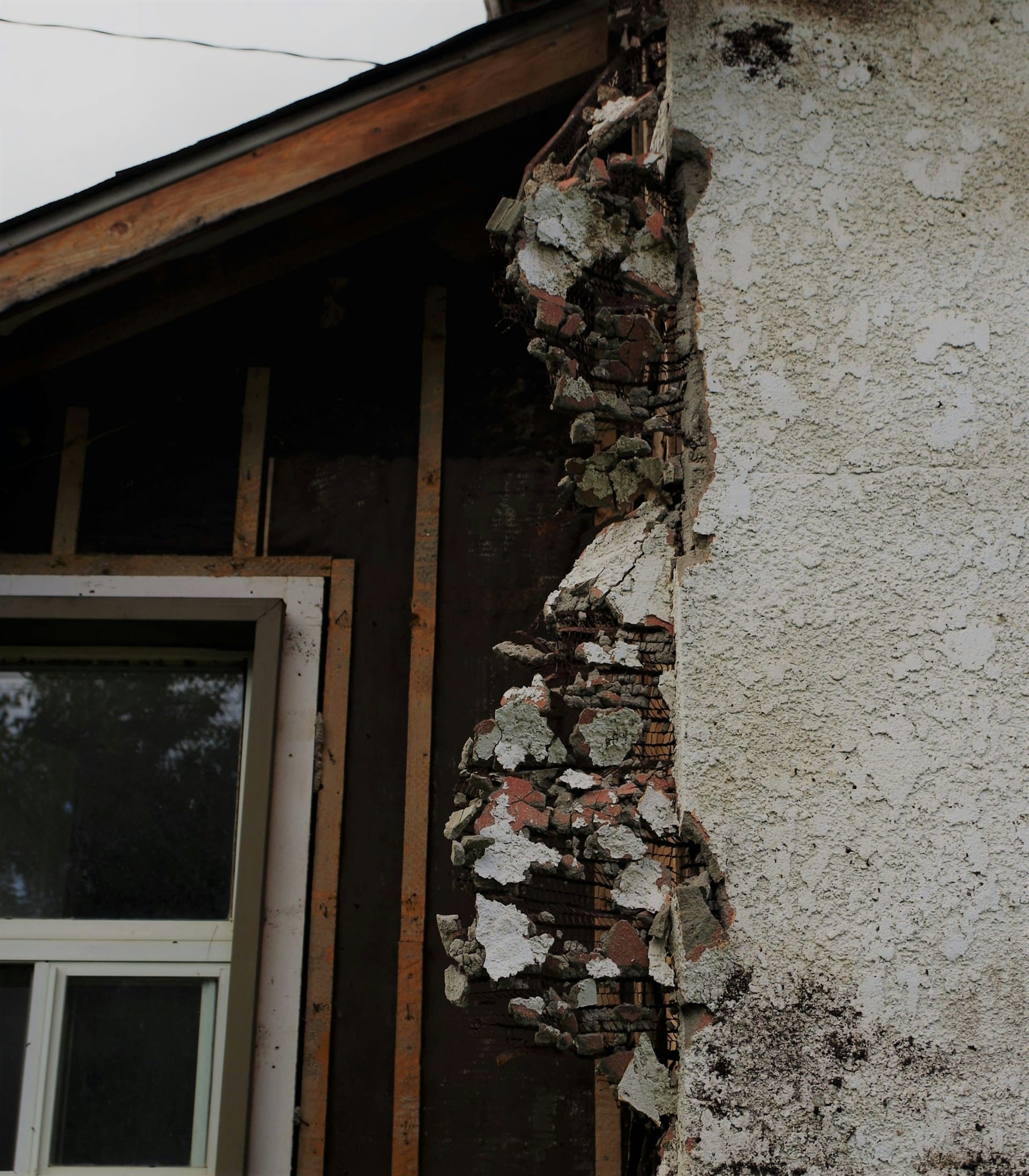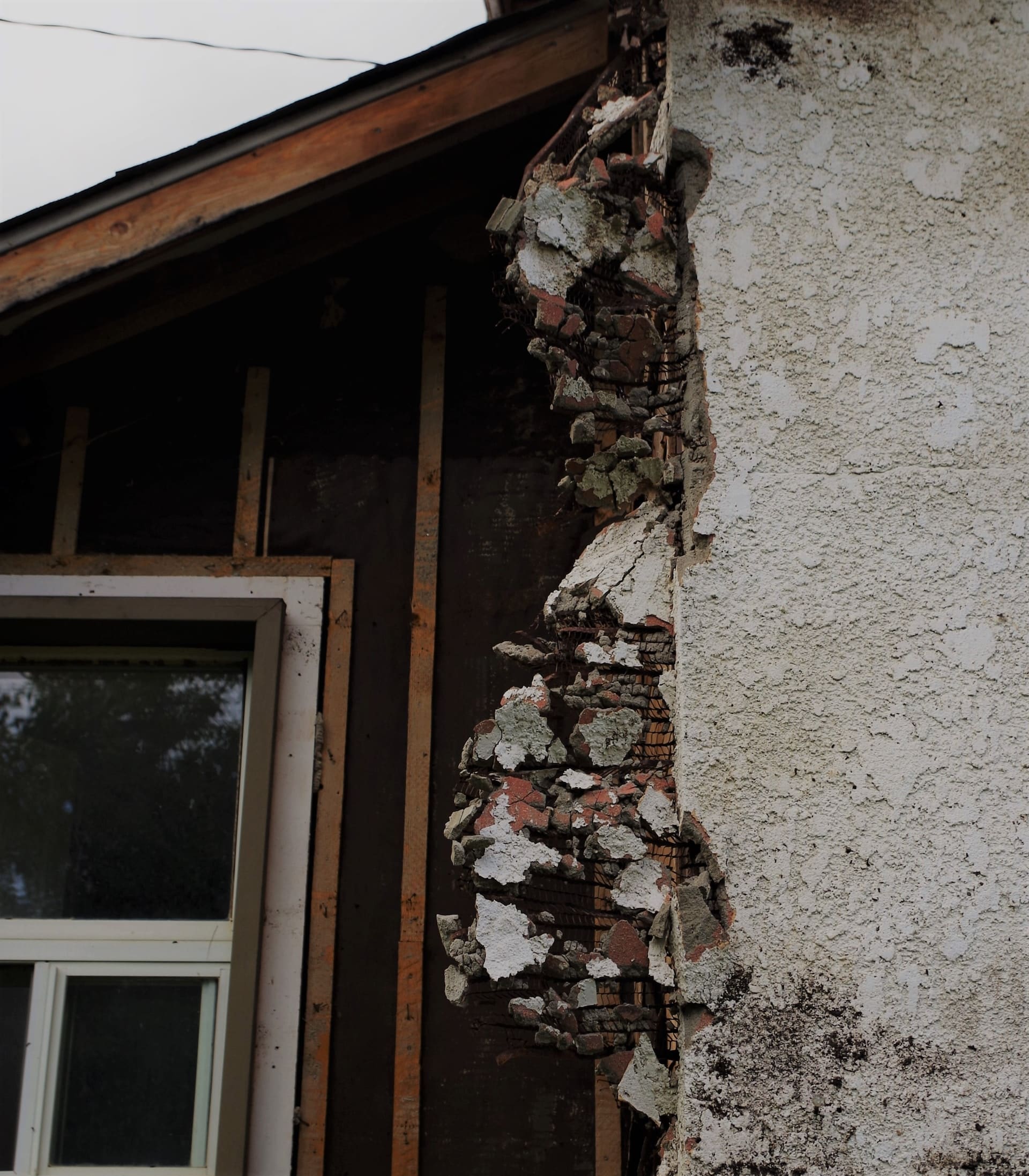Water leaks can be a homeowner’s worst nightmare, causing extensive damage if left undetected or unrepaired. As a professional property restoration company, we understand the importance of swift and accurate leak detection and repair. This article delves into the advanced techniques used in modern water leak detection and repair, showcasing how technology and expertise combine to protect properties from water damage.
The Importance of Early Leak Detection
Early detection of water leaks is crucial in preventing extensive property damage and costly repairs. Even small, hidden leaks can lead to significant issues over time, including structural damage, mold growth, and increased water bills. Recognizing the signs of a water leak early on can save homeowners thousands of dollars in repairs and prevent potential health hazards associated with mold and mildew.
Common Signs of Water Leaks
Before diving into advanced detection methods, it’s important to be aware of common signs that may indicate a water leak in your property:
- Unexplained increase in water bills
- Damp or discolored spots on walls, ceilings, or floors
- Musty odors in certain areas of the home
- Sound of running water when no fixtures are in use
- Reduced water pressure
- Cracks in the foundation or unexplained puddles around the property
Advanced Leak Detection Technologies
Modern leak detection goes far beyond visual inspections. Professional restoration companies employ a range of sophisticated technologies to pinpoint leaks with precision:
1. Acoustic Leak Detection
This non-invasive method uses sensitive listening devices to detect the sound of water escaping from pipes, even when it’s not visible. Acoustic sensors can pinpoint the exact location of leaks in walls, floors, or underground pipes without the need for destructive exploration.
2. Thermal Imaging Cameras
Infrared cameras can detect temperature differences caused by water leaks. These devices create a visual heat map of surfaces, allowing technicians to identify areas of moisture that are cooler than surrounding dry areas, even behind walls or under flooring.
3. Moisture Meters
These handheld devices measure the moisture content in various materials. They’re particularly useful for detecting leaks in areas where water damage isn’t immediately visible, such as inside walls or under flooring.
4. Video Pipe Inspection
For hard-to-reach areas, such as sewer lines or deep within plumbing systems, video inspection cameras can be inserted to visually inspect pipes from the inside. This technology allows for the detection of cracks, blockages, or other issues that might be causing leaks.
The Leak Detection Process
A comprehensive leak detection process typically involves the following steps:
- Initial Assessment: A thorough visual inspection of the property, noting any visible signs of water damage or potential leak areas.
- Technology Deployment: Utilization of various detection technologies based on the property’s characteristics and suspected leak locations.
- Data Analysis: Interpretation of data gathered from detection devices to pinpoint the exact location and severity of leaks.
- Confirmation: Verification of leak locations, often using multiple detection methods for accuracy.
- Documentation: Detailed reporting of findings, including the location, extent, and potential causes of leaks.
Advanced Repair Techniques
Once a leak is detected, professional restoration companies employ various advanced repair techniques to address the issue efficiently and effectively:
1. Trenchless Pipe Repair
For underground or hard-to-reach pipes, trenchless repair methods like pipe lining or pipe bursting can fix leaks without extensive excavation, minimizing disruption to the property.
2. Epoxy Pipe Lining
This method involves coating the inside of damaged pipes with an epoxy resin, creating a new pipe within the old one. It’s particularly useful for repairing multiple small leaks in older piping systems.
3. Spot Repairs
For isolated leaks, spot repair techniques using specialized clamps, patches, or sealants can provide a quick and effective solution without the need for extensive pipe replacement.
4. Pipe Replacement
In cases of severe damage or aging systems, full pipe replacement might be necessary. Modern techniques allow for more efficient and less disruptive replacement processes.
Preventive Measures and Maintenance
While advanced detection and repair techniques are crucial, prevention is always better than cure. Homeowners can take several steps to minimize the risk of water leaks:
- Regular plumbing inspections
- Proper insulation of pipes, especially in colder climates
- Monitoring water pressure and installing pressure regulators if necessary
- Addressing small leaks promptly before they become major issues
- Being mindful of what goes down drains to prevent clogs and backups
Conclusion
Water leak detection and repair have come a long way, thanks to advanced technologies and techniques. Professional restoration companies now have the tools and expertise to tackle even the most challenging leak scenarios with precision and efficiency. By combining these advanced methods with proactive maintenance, property owners can protect their investments from the devastating effects of water damage. Remember, when it comes to water leaks, early detection and professional intervention are key to minimizing damage and ensuring the longevity of your property.




